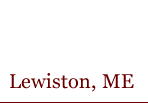






 |
 |
||||
 |
|||||
 |
|||||
 |
|||||
 |
|||||
 |
|||||
Students Prepare to "March for Women's Lives" in Washington, D.C.
Chemistry Professor Awarded $271,000 Grant
Retired Professor Passes Away
Debate Team Tackles Liberal Bias Issue
Students and Faculty Work to Use Less Energy
Catching Up With...Elizabeth Jackson
By Emily Rand
Staff Writer
It started with a misdirected email sent from Doug Hubley, who works in the
Bates Media Relations Office, to Bates Republican Vice-President Oli Wolf.
Hubley intended to forward the email to Bryan McNulty, the Office’s
Director, but accidentally replied to Wolf.
“Oli Wolf has drafted a press release for a GOP training institute his
bunch of thugs is hosting at Bates next week,” the Feb. 23 email read.
“This really seems pretty far afield for an event that we would publicize,
but that may just be my socialist tendencies talking. What do you think?”
“At worst,” Wolf wrote after the incident, “[the email]
proves our worst assumptions that the College and its staff are actively working
against the interests of College Republicans because of their political agenda.”
The story was quickly picked up by the Associated Press and sparked national
debate over institutional political bias.
In the wake of this controversy, the Brooks-Quimby Debate Council held a public
debate in the Muskie Archives on Thursday entitled, “Do Liberal Arts
Colleges Marginalize the Right?” Ryan Shepard ’04, Fabio Periera
’07, and Christopher Laconi ’05 represented side government, which
argued that liberal arts colleges marginalize the right and there is an “unequal
treatment of conservatives” on college campuses across the country.
Dylan Morris ’07, Ryan Creighton ’07 and Casey Pfitzner ’07
represented the all-novice opposition bench, whose argument centered on the
idea that most liberal arts professors are apolitical and that college gives
you a chance to explore your political beliefs.
“Individual bias decreases the value of a Bates education,” argued
Shepard in side government’s opening speech. “We should develop
a system of affirmative action to hire professors who represent conservatism
as well as the left.”
“Professors cannot teach neutrally so we need professors that represent
all political views,” continued Fabio Periera in his remarks on behalf
of side government. “It is the job of the college to expose you to all
political views, not just one.” Periera also argued that marginalizing
the right creates a political environment where discourse cannot exist and
the discourse that does exist is highly divided.
In his opening remarks for side opposition, Dylan Morris argued that “professors
at Bates hide their political ideas very well and a liberal professor can
easily teach both his or her views and the views held by others.” Morris
also rejected side government’s affirmative action program.
“If we use an affirmative action program to bring more conservative
professors to Bates, the quality of the professor will decrease. We need to
hire the most qualified teachers and not those with the most diverse political
beliefs.”
In his speech, Ryan Creighton questioned where side government planned to
draw the line with their affirmative action program.
“Will we start admitting students based on their political views?”
Creighton asked the audience. Moreover, Creighton argued, an affirmative action
program cannot apply to politics in the same way it can apply to race because
race is stable while the nature of political views is ephemeral. Side opposition
claimed colleges do not marginalize the right because institutional biases
at Bates and other liberal arts colleges are cyclical. That is, Bates vacillated
between being a highly liberal and highly conservative institution through
the twentieth century, and though the College is more liberal right now, its
political biases will ultimately swing back to the right.
Christopher Laconi, for side government, and Casey Pfitzner, for side opposition
were persuasive in their closing remarks.
“Partisan politics will interfere with education,” stated Pfitzner,
while Laconi purported that “the right is treated as an ‘other’
at Bates and other liberal arts colleges.”
Perhaps an indicator of the amount of controversy surrounding the issue of
political biases, the debate, whose outcome was settled by a floor vote, resulted
in a tie.
Respond to this article.